I’ve got kind of a love-hate relationship with garlic. I love the flavor plus it adds a lot of depth to all kinds of recipes. But the garlic paper! I really dislike peeling garlic and dealing with the paper – it sticks to everything, yet somehow ends up flying all around the kitchen. Silly, I know, but it’s enough to prevent me from reaching for that head of garlic when dinner time rolls around.
That’s why I’ve started using a couple of solutions to make dealing with garlic a breeze. One trick I particularly love is to purchase a large bag of peeled garlic cloves from Costco and freeze it. Seriously, just throw the bag in the freezer and call it good. Whenever I need a clove or two, I just grab them from the bag and they’re good to go.
Another genius solution that I’ve recently discovered is to make garlic paste. Garlic paste is made from garlic cloves that have been crushed or pureed to a smooth consistency, sometimes with a bit of oil and maybe a pinch of salt.
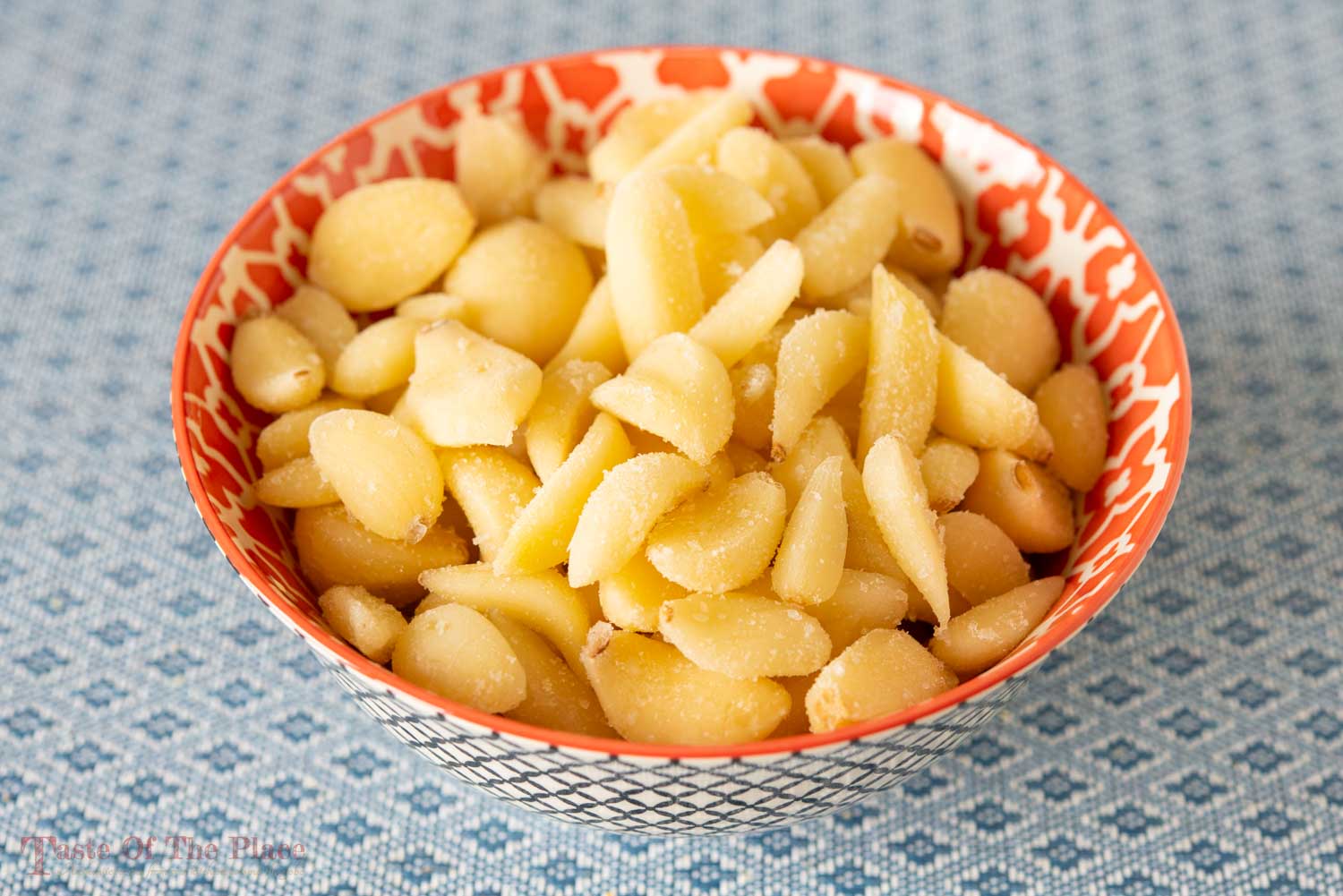
How to make garlic paste
All you need to do is peel the garlic cloves and cut away any bad spots. You can even use garlic cloves from the freezer if you have them! Then, simply throw them in a blender or food processor with enough oil to loosen things up and blend until you reach the consistency you like. If your blender or food processor is not very powerful, you may want to cut the garlic cloves in quarters first. Once you’ve made your garlic paste, transfer it to a glass jar and top it off with a bit more oil to preserve it. Then, pop it in the fridge and it should keep well for a week or two. Voila! You now have garlic paste ready to go whenever you need it, with no mincing, slicing, crushing, or grating required!
If you want to make a small batch of garlic paste, your best options are to use either a mortar and pestle or a small-size blender. To make the process easier with a mortar and pestle, it’s recommended that you cut the garlic cloves into small pieces first. To add some extra abrasion power, you can add a pinch of salt and grind the garlic until it becomes paste-like. Personally, I prefer to add any liquids like oil after everything is ground up when using a mortar and pestle. This prevents any liquids from splashing everywhere during the grinding process.
How to Use Garlic Paste in Cooking
Garlic paste can be used exactly like minced, grated, or crushed garlic. One teaspoon of garlic paste is equivalent to about 1 large or 2 small cloves of fresh garlic. Here are a few tasty ways to give it a try –
- Mix a spoonful into good-quality tomato paste along with some olive oil, salt, and dried herbs for a quick pizza sauce. If you are an anchovy fan, add in some anchovy paste for extra oomph.
- Mix garlic paste with other herbs, spices, and liquids to create a flavorful marinade for meats or veggies. Add in some homemade ginger paste to give it an Asian-inspired flare. Grab my recipe for ginger paste HERE.
- Spread garlic paste onto sandwiches for extra flavor.
- Mix it with softened butter to create a flavorful garlic butter that can be spread on bread or used for cooking. I’m thinking of garlic butter-topped steaks! Yumm!
- Incorporate garlic paste into salad dressings, mayonnaise, hummus, or yogurt-based dips for an extra layer of flavor.
- Stir a few spoonfuls into mashed potatoes for a boost of garlic goodness.
Tips for Storing and Preserving Garlic Paste
To keep your garlic paste fresh and flavorful, it’s best to store it in an airtight container in the fridge. A small glass jar is a great option as plastic can hold onto strong flavors. To help prevent the paste from going bad, add a layer of oil on top as a protective barrier. It’s important to use it within 2 weeks or throw it away if it develops mold, off flavors, or colors.
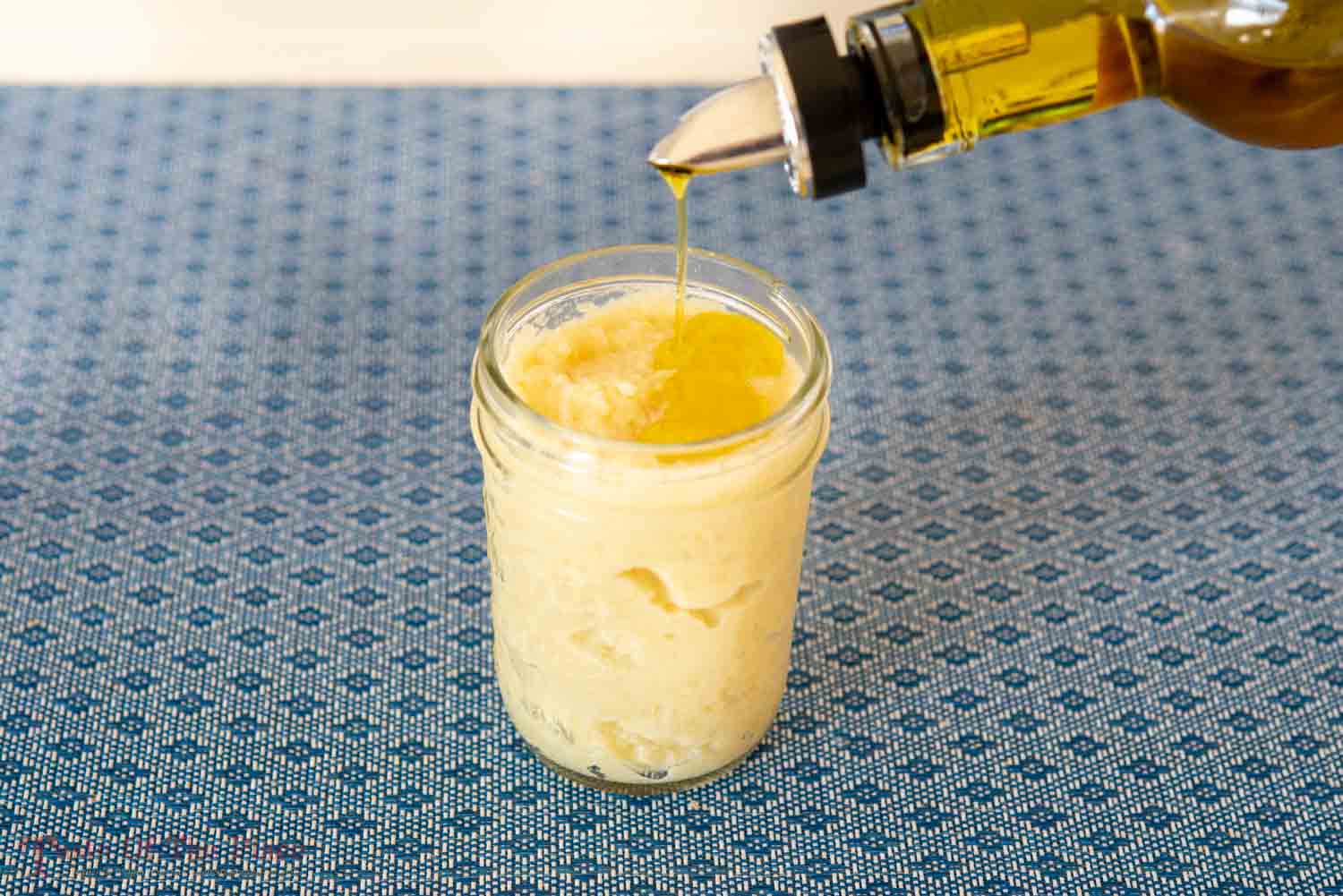
For longer storage, you can freeze garlic paste in a silicone ice cube tray and then transfer the cubes to a zip-top bag in the freezer. Another option is to scoop the paste into a zip-top bag, press it into a thin layer, remove excess air, and seal it before freezing. This way, you can easily break off pieces of frozen garlic paste when you need it. Enjoy your tasty and convenient garlic paste!
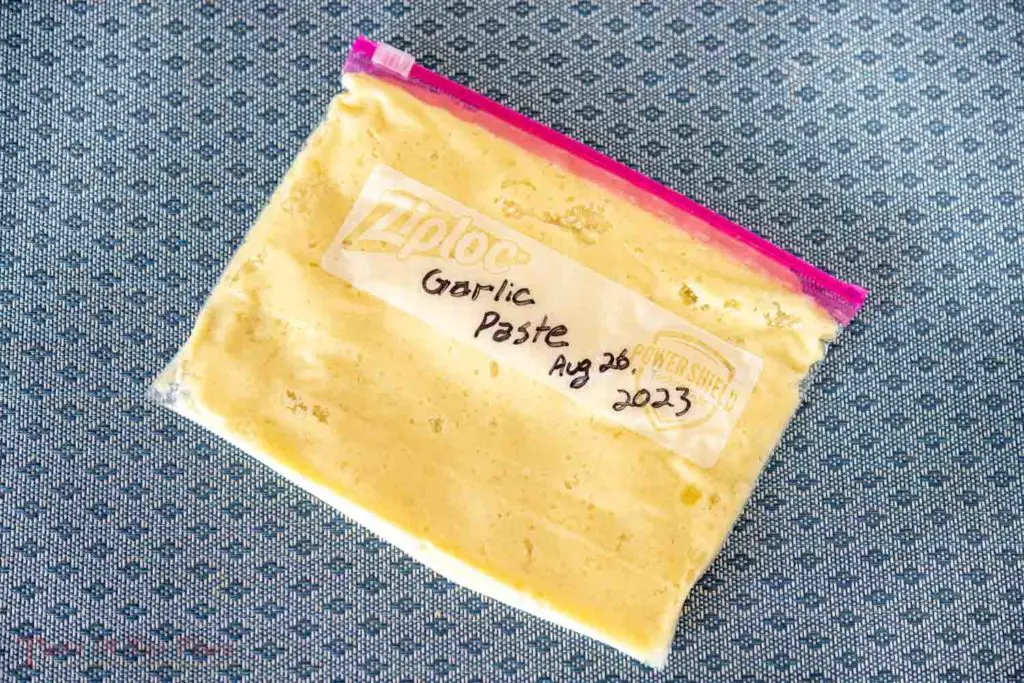
A few garlic-laden recipes that are perfect for using up that garlic paste!
Kenyan Beef Curry
Loaded with ginger, garlic, red onions, and succulent beef, this Kenyan Beef Curry is full of flavor and savory goodness.
Zhoug – a fresh and spicy sauce from Yemen
Zhoug, a vibrant green cilantro based sauce from Yemen, is both fresh and fiery. It’s layered with flavor, from earthy cumin, to aromatic coriander, to bright orange zest. Put a dollop on eggs, spread a bit on a sandwich, or use it as a dip, and enjoy the zingy and aromatic flavors of the Middle East!
Shakshuka – a savory & spicy one-pan meal from Israel
Shakshuka is a simple, easy-to-make, one-pan meal of eggs poached in a savory, spicy tomato and pepper sauce. It’s just as tasty for breakfast as it is for dinner, and makes a satisfying dish any time of day.
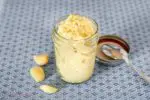
Homemade Garlic Paste
- Total Time: 15 minutes
- Yield: About 17 ounces 1x
- Diet: Vegan
Description
Homemade garlic paste can be a huge time saver in the kitchen. It’s ready to go whenever you need it, with no mincing, slicing, crushing, or grating required!
Ingredients
- 1 pound peeled garlic cloves
- 2 tablespoons (1 ounce) neutral flavored oil, plus more for topping – see notes
Instructions
- Cut away any bad spots from the garlic cloves.
- If your blender or food processor is not very powerful, cut the garlic cloves in quarters first. Add the cloves and the oil to your blender or food processor, and blend, scraping down the sides as needed, until the garlic becomes a smooth paste.
- Transfer it to a glass jar, smoothing out the surface of the paste, then drizzle enough oil on top to cover with a thin layer. This will help keep the air out and to better preserve the garlic paste.
- Refrigerate for up to two weeks. Whenever you use some of the paste, be sure to smooth the surface and top with a bit more oil.
Notes
I’ve found that most garlic paste recipes suggest using a neutral flavored oil, like canola oil, so that the oil doesn’t affect the taste of the paste. However, I personally prefer to use olive oil for almost everything, so I don’t hesitate to use it for my garlic paste as well. It’s really up to your personal preference!
To keep your garlic paste fresh and flavorful, it’s best to store it in an airtight container in the fridge. A small glass jar is a great option as plastic can hold onto strong flavors. To help prevent the paste from going bad, add a layer of oil on top as a protective barrier. It’s important to use it within 2 weeks or throw it away if it develops mold, off flavors, or colors. For longer storage, you can freeze garlic paste in a silicone ice cube tray and then transfer the cubes to a zip-top bag in the freezer. Another option is to scoop the paste into a zip-top bag, press it into a thin layer, remove excess air, and seal it before freezing. This way, you can easily break off pieces of frozen garlic paste when you need it.
If you want to make a small batch of garlic paste, your best options are to use either a mortar and pestle or a small blender. To make the process easier with a mortar and pestle, it’s recommended that you cut the garlic cloves into small pieces first. To add some extra abrasion power, you can add a pinch of salt and grind the garlic until it becomes paste-like. Personally, I prefer to add any liquids like oil after everything is ground up when using a mortar and pestle. This prevents any liquids from splashing everywhere during the grinding process.
Looking for some garlicky recipes to use that fresh garlic paste? Here are a few of my favorites –
- Ropa Vieja is a succulent, meaty, and savory Cuban dish, loaded with earthy spices and herbs, and spiked with just enough vinegar and briny olives to bring everything to life. Serious yumm!
- Shakshuka is a simple, easy-to-make, one-pan meal of eggs poached in a savory, spicy tomato and pepper sauce. It’s just as tasty for breakfast as it is for dinner, and makes a satisfying dish any time of day.
- The perfect garlic-laden accompaniment to Shakshuka is a fresh and fiery cilantro-based condiment called Zhoug.
- Kenyan Beef Curry is loaded with ginger, garlic, red onions, and succulent beef. It’s full of flavor and savory goodness.
Quick tip: One teaspoon of garlic paste is equivalent to about 1 large or 2 small cloves of fresh garlic.
- Prep Time: 15 minutes
- Category: Condiment
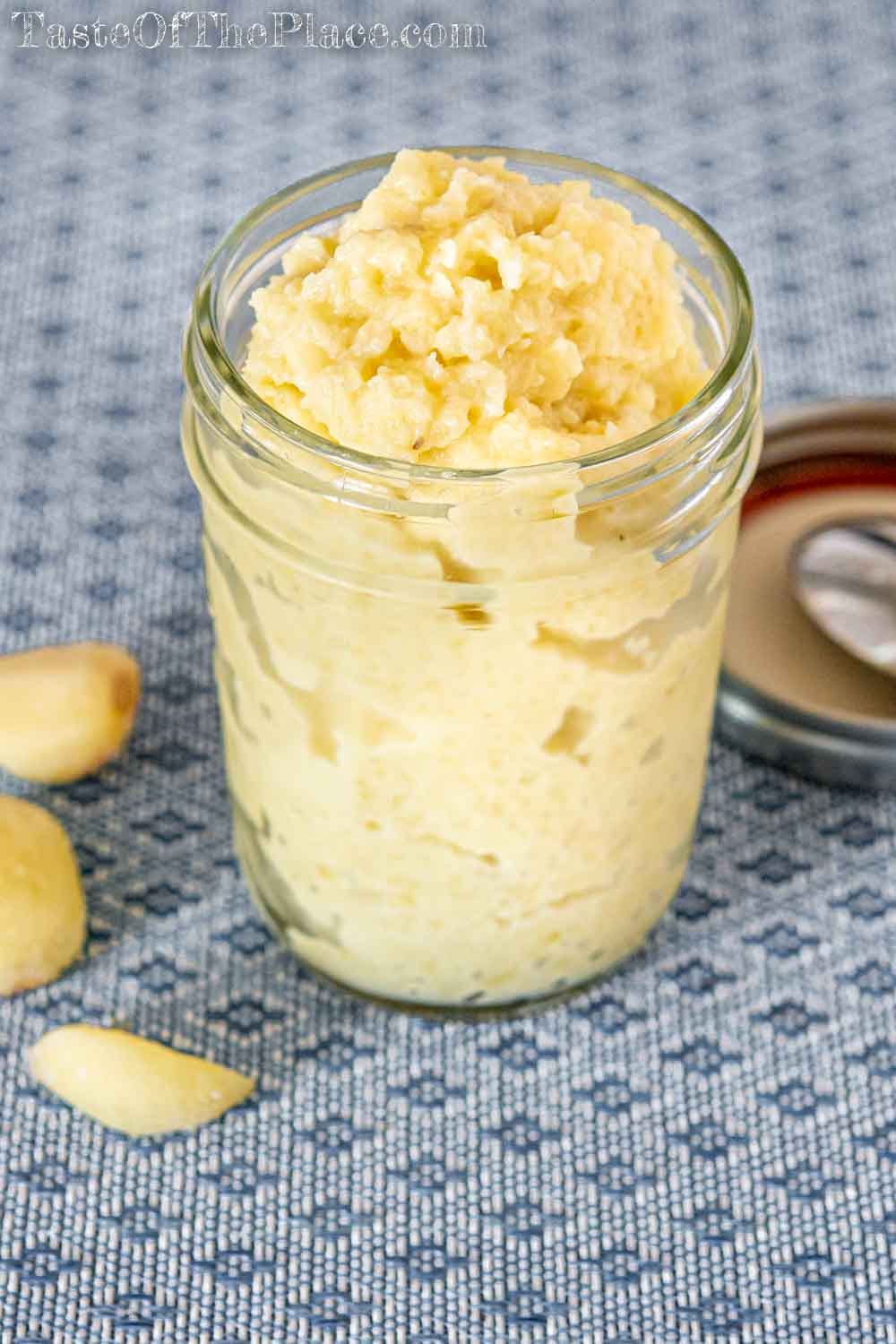
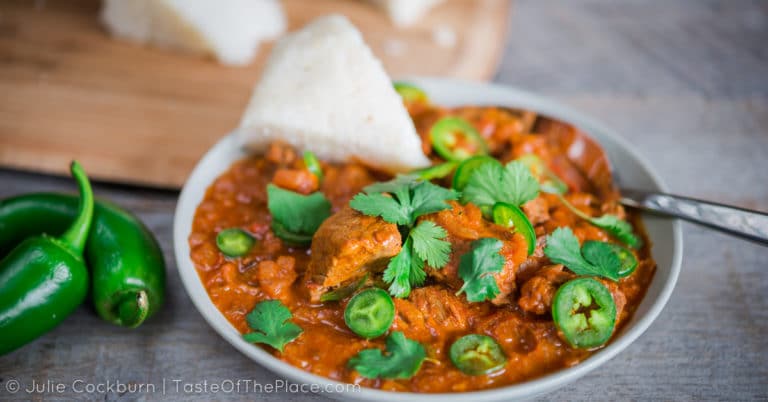
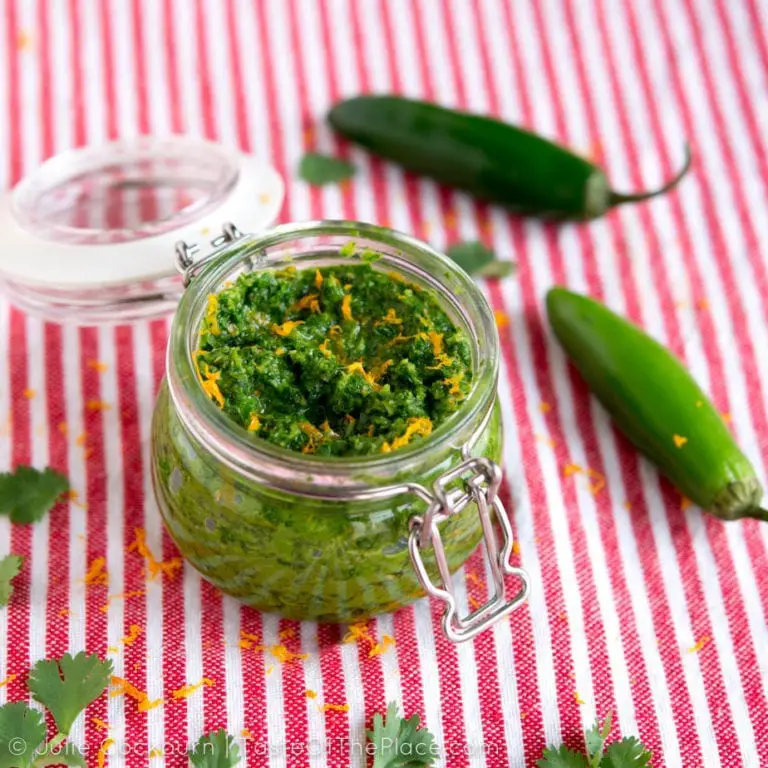
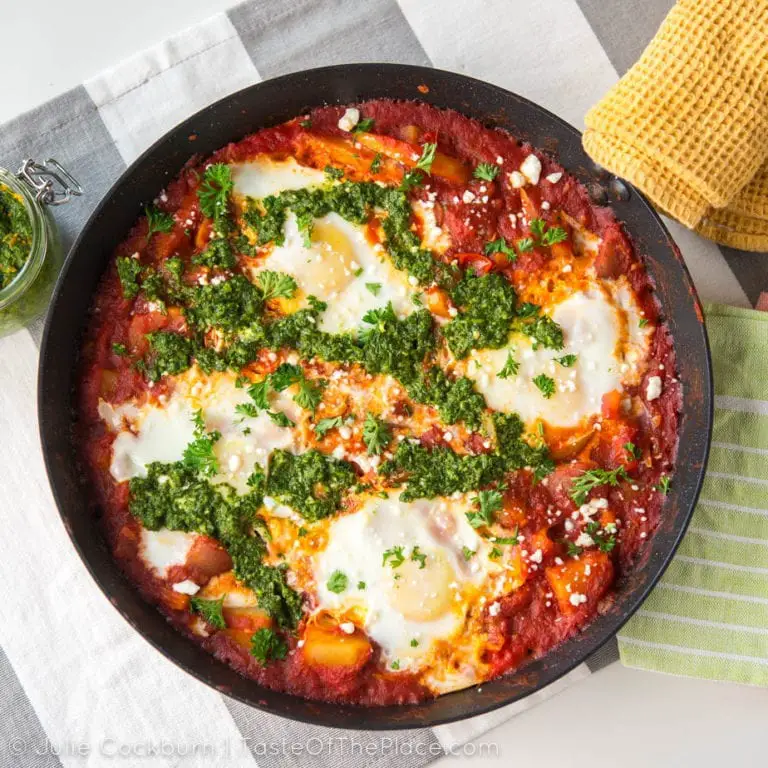
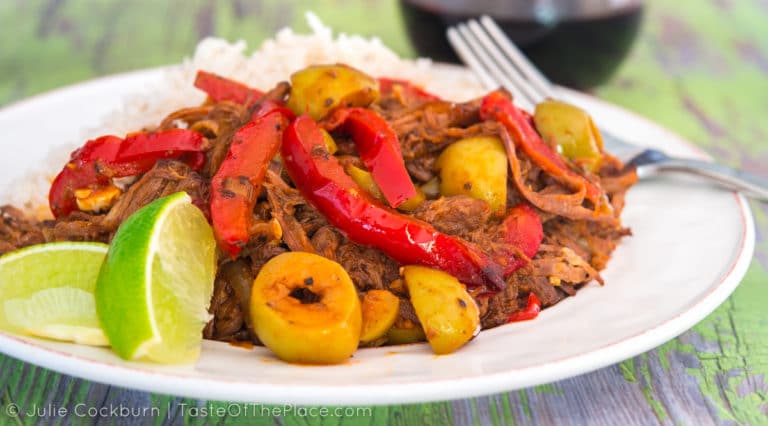
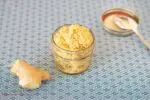
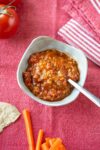
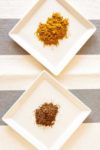
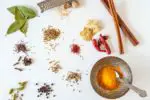
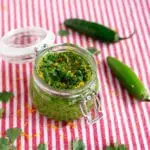
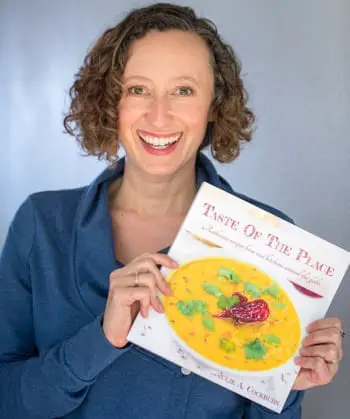





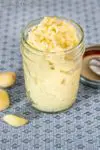
Leave a Reply